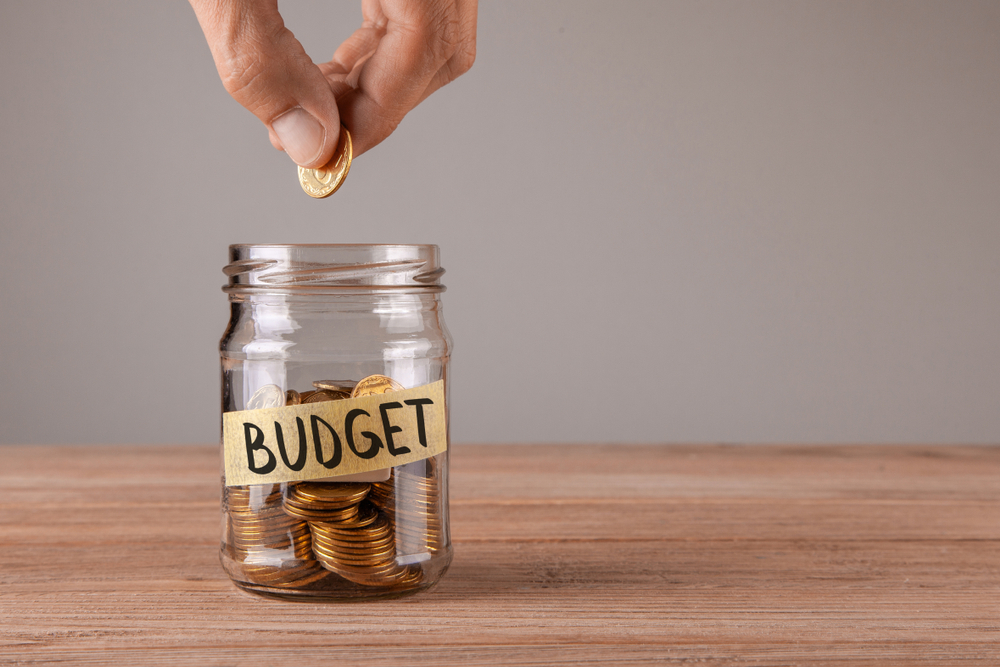One of the most common new year’s resolutions that people make is to get better at budgeting, and the reason it’s a recurring resolution is because so many people approach it in the wrong way initially. It’s drummed into us that every bit of disposable income needs to be saved – even if you don’t have a particular goal in mind.
This means people end up with next to no money to buy themselves nice things or items they want. Eventually, the burden of never buying thing for oneself builds up and comes to a head, culminating in one big splurge that obliterates savings and leaves you back at the budgeting square one.
In this sense, budgeting is a lot like dieting. Those who come up with the plans purposefully design them to be unsustainable, resulting in people failing and re-subscribing to an ideology once more. Rather than going through this repeat cycle, it’s worth learning how to budget properly first-time round.
With this in mind, here are some 2022 budgeting tips that will ensure you build realistic, workable finance habits throughout the new year.

Table of Contents
List your priorities
The first step to any budget plan is to list your priorities. This means make a note of all the things you need to pay for on a rolling monthly basis. For most people, this will include:
- Rent/mortgage payments
- Energy bills (electricity, water, and gas)
- Groceries
- Car payments (finance agreements, insurance, tax, and fuel)
- Phone bill
- Internet bill
- Insurance (home and health)
Depending on your situation, you may also need to pay out for things like childcare and student loans, but this isn’t the case for everyone. Regardless, when you have your list of priorities, tally up how much they cost and what percentage of your wages they take up. Some suggest that you should live by the 50/30/20 rule which means spending 50% of your income on priority living costs, 30% on enjoyable things and treats, and 20% on treats. That being said, some people’s living costs will be more than 50% of their totally income, so this isn’t always accurate.
Nevertheless, totaling up how much your priorities cost will give you a much clearer idea of how much money you have left to work with.
Set up direct debits
Next, set up direct debits where you can. A good tip is to get your priority payments deducted a day or two after you get paid. This ensures everything that needs to be paid is done so and there’s no risk of payments bouncing.
Along the direct line, check what other payments you have regularly leaving your account. There could be a monthly donation to give Nepal aid through a charity organization that you want to keep, but there might be a monthly subscription to an app or service you no longer use that you could get rid of.
Make an effort to check your direct debits every other month or so to ensure you’re not overpaying anything.
Don’t over-save
At this stage, you should be left with your disposable income. As mentioned earlier, it’s drummed into us to save as much money as possible, but this is a bad idea. Sure, if you have the capacity to, save some of your income for a rainy day, but make sure you leave enough to spend on things you enjoy. This means ensuring you have money to spend on things like vacations, clothes, nights out, and personal grooming.
The number one mistake people make when budgeting is over-saving, so make sure you reserve most of your disposable income for nice treats and the remainder for saving, like the 50/30/20 rule suggests.












